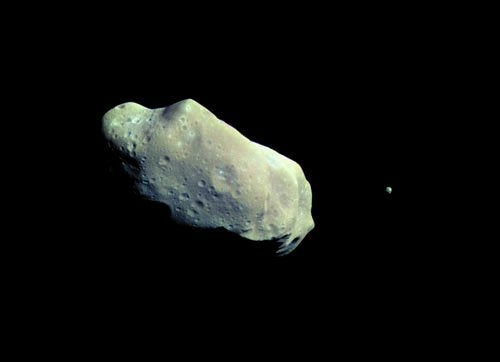Composition: Asteroids are chunks of rock and metal that orbit the Sun. They can be different shapes and sizes.
Types: There are three major types of asteroids: C-Carbonaceous (comprised of ancient carbon silicates), S-Silicates (made of rocky silicates and iron), and M-Types (rich in metals, mostly nickel and iron).
Size: Asteroids can be as small as the size of a pebble. The largest known asteroid is Ceres, which is around 597 miles (960 kilometers) in diameter.
Location: The largest population of asteroids lies between the orbits of Mars and Jupiter. However, a significant amount of asteroids are found within the orbits of Mars, Earth, Venus, and Mercury. Less than 200 asteroids orbit close enough to Earth to be considered a threat. These bodies are known as near-Earth objects.
Number: There are over 10,000 identified bodies in the asteroid belt that are between 60 miles (100 km) and 600 miles (1,000 km) across.
Other information: Very large asteroids, often called minor bodies, are large enough that their own gravity shapes them into spheres. Ceres and Vesta are two such examples.
One possible explanation for the extinction of dinosaurs is that an asteroid hit Earth 65 million years ago. The theory holds that the impact brought catastrophic conditions, such as firestorms and light-blocking dust filling the atmosphere, that wiped out plant and animal life.










